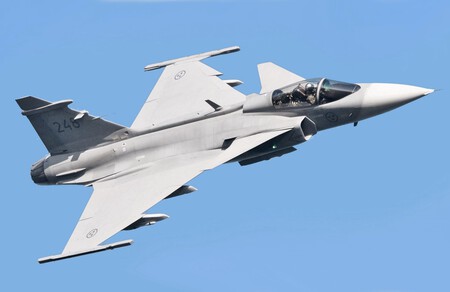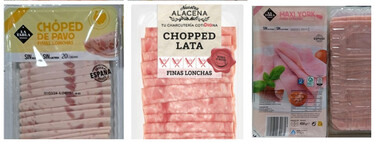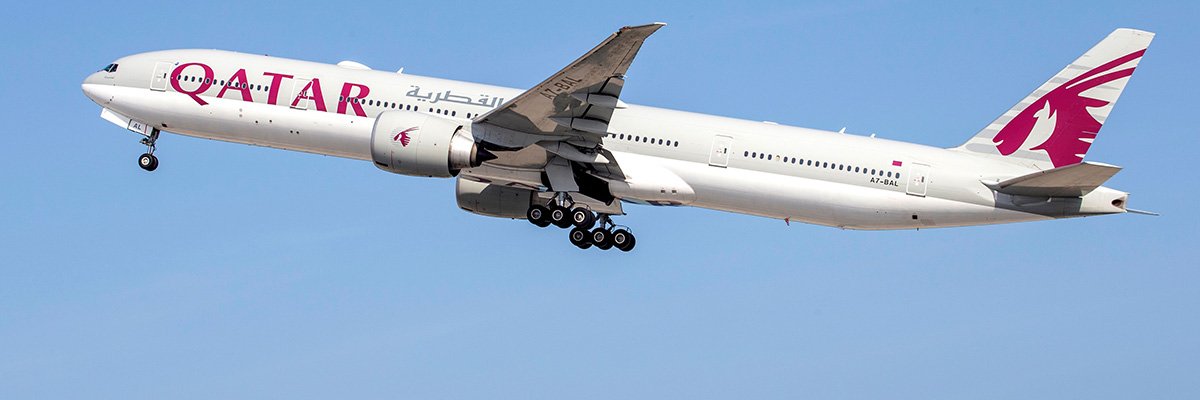The new European trip of the president of Ukraine, Volodymyr Zelensky, has ended in Spain and has crystallized in a military agenda that aims to reconfigure the Ukrainian air force over the next decade, based on political agreements of enormous symbolic scope. If nothing goes wrong, the Ukrainian nation has no less than 250 European fighters under its arm along with a huge aid package and arsenal.
The problem is that the financing is very uncertain and its execution is very distant.
Aerial reconstruction as a continental ambition. In Paris, the Ukrainian president signed a letter of intent to acquire up to one hundred Rafale fighters, devices that France presents as the heart of Ukraine’s future defense, complemented by Samp/T systems, new generation drones, guided munitions and an incipient industrial cooperation to manufacture interceptors on Ukrainian territory.
The French commitment aims to raise Ukraine to the European technological standard, integrating it into a long-term security architecture and relying on a financing framework yet to be defined, where the European Union and frozen Russian assets appear as the great promise, although deeply controversial. The political gesture, celebrated as historic by Paris, responds to the French ambition to lead the regeneration of Ukrainian air power and to reinforce the role of its defense industry in a continent that is rapidly rearming.
Doubts about the bet. Diplomatic enthusiasm contrasts with operational uncertainties. Analysts from TWZ or The Wall Street Journal recalled that Ukraine does not have the financial margin to pay for either the acquisition or the maintenance of a hundred Rafale, and France is going through a period of budgetary fragility that makes sustained long-term commitments difficult. The idea that Europe could finance the purchase through new joint debt mechanisms or from income generated by frozen Russian assets divides member states and poses enormous legal risks, especially for Belgium, which holds most of those funds.
Added to this is the industrial reality: Dassault’s production chain is saturated, with deliveries committed for years, and the manufacturing of 100 additional devices would require extraordinary efforts. The prospect of a parallel program, with the 150 Swedish Gripens also agreed in the preliminary phase, increases doubts about whether Ukraine could sustain, train and maintain such a vast fleet of 4/5th generation aircraft. For many, the initiative reflects more of a political movement to keep France at the center of the Ukrainian equation and to boost European industry in the face of a more distant United States, than a realistic military acquisition plan in the short or medium term.


A Gripen fighter
The military horizon. Zelensky’s trip has also highlighted the arrival of a winter that anticipates a new Russian campaign focused on energy infrastructure and strategic cities. France insists that the Samp/T systems are demonstrating notable effectiveness against Russian missiles with complex trajectories, even higher, some French commanders claim, than the performance of the Patriot in certain scenarios.
In parallel, Paris reinforces its role as a provider of interim air capabilities, including Mirage fighters and precision munitions, while promoting a future coalition of European countries willing to guarantee the security of Ukraine after an eventual ceasefire, a project still impossible as long as Moscow rejects any negotiations. This strategy, which attempts to combine immediate support with a long-term security architecture, reveals both French determination and the continent’s real limitations in simultaneously sustaining the current war and future rearmament.


Among others, Spanish military aid to Ukraine will consist of 40 IRIS-T missiles
Spain and the contrast with the promises. The final stop of the trip, in Madrid, has revealed a very marked contrast between the declarative exuberance of some allies and the measured (and often austere) approach of the Spanish Government. Spain announced a package of 817 million euros, which includes 300 million in nationally produced weapons, 215 million channeled through European programs and an additional 100 million to acquire American missiles through NATO’s PURL initiative.
It is a significant effort in political and logistical terms, but modest compared to the great European powers and especially small compared to the air ambitions presented in France or Sweden. In practice, it is support calibrated for the immediate needs of the Ukrainian winter: anti-aircraft missiles to repel drones and protect critical infrastructure, plus a commitment to accelerate joint industrial capabilities in areas where Spanish companies (with Indra at the helm) can offer practical solutions such as deployable radars or anti-drone systems.
Spain and realism. If you also want, the Spanish case reflects a much more realistic line than that of other countries visited by Zelensky. Since the start of the war, Spain has contributed useful materials, but in many cases coming from surpluses (retired Leopard 2A4s, obsolete M113s, aging Hawk batteries) and has prioritized its participation in European programs where the direct cost to its budget is lower.
In comparative terms, and especially measured as a percentage of GDP, Spain is far behind the hard core of military support for Ukraine. However, what it offers now is probably more sincere and sustainable: an acceptable package, focused on urgent and realistic needs, that does not promise fighter fleets, perhaps impossible to finance, or industrial projects that exceed national capacity.

Spanish extra ball. Furthermore, Spain stands out where other countries cannot: in the reception of refugees, in the medical rehabilitation of Ukrainian soldiers and in light but reliable industrial cooperation. Thus, on that trip that began with spectacular announcements in Paris and Stockholm, the Spanish stop has served to balance expectations in a certain way.
In that sense, Spain appears as one of the few allies that calibrates its support by looking directly at the budget figures, avoiding promising what it will hardly be able to fulfill and remaining firm in what it can offer: a modest but operational contribution.
Image | Ronnie Macdonald, Tuomo Salonen, Air and Space Army Ministry of Defense Spain
In WorldOfSoftware | Europe already knows the arsenal it needs for rearmament. Now the most difficult thing remains: how to make it arrive in time if Russia attacks
In WorldOfSoftware | If Europe really rearms itself, we are going to encounter a problem that will affect us all: cars and trains.











